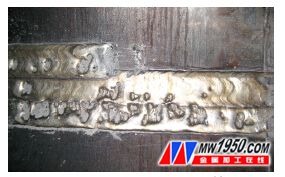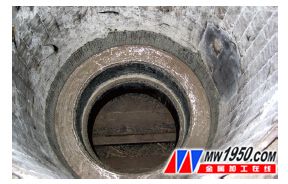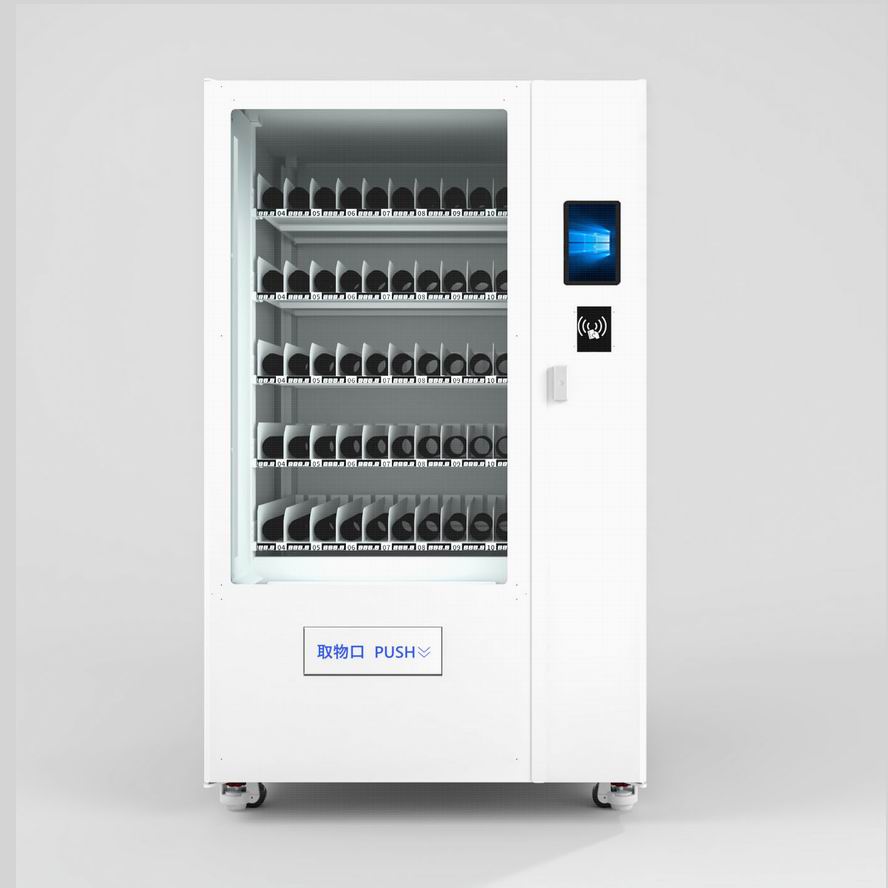Main Products and Common Welding Consumables
Our company is a specialized manufacturer and designer of pressure vessels, serving industries such as energy, chemicals, petrochemicals, coal chemicals, fine chemicals, fertilizers, paper, clean energy, and offshore engineering. We produce various equipment like towers, heat exchangers, reactors, and converters.
Common welding consumables we use include carbon steel, chrome-molybdenum steel, low-temperature steel (2.5Ni, 3.5Ni), low-alloy high-strength steel, stainless steel (including duplex and urea-grade), and nickel-based alloys. Carbon steel, chrome-molybdenum steel, low-temperature steel, and low-alloy high-strength steel are mainly used with welding rods and submerged arc welding wires. Stainless steel and nickel-based alloys are typically applied using welding rods and welding strips.
In recent years, as equipment capacity and technology have advanced, the level of welding automation has also increased. This has led to a gradual reduction in the use of welding rods, while the usage of welding wires and welding belts has risen. As a result, both production efficiency and welding quality have improved significantly.
Welding Material Application Cases and Solutions
In actual production, the recommended welding consumables based on standards may not always meet additional performance requirements. For example, certain mechanical properties after normalization and tempering, or new welding methods, may require specific testing before full-scale application. Below are some examples from our factory for reference.
Case 1: Selection of Welding Consumables for Q345R Steel Joints After Normalizing + Tempering
According to GB713-2008 and National Standard No. 1, the tensile strength (Rm) of Q345R steel varies with plate thickness: Rm ≥ 490 MPa for plates between 60–100 mm thick, and Rm ≥ 480 MPa for plates between 100–150 mm thick. Testing with different welding consumables showed that test results for specimens 5-11, 9-83, and 121087 met the lower limit requirements. By upgrading the welding rod grade and customizing the flux, the tensile strength at room temperature reached or exceeded the standard’s minimum requirement.
Case 2: Selection and Application of Electrode Surfacing Welding Consumables
First, reducing surfacing thickness can help cut costs, especially when surface finishing is not required after welding.

For an equipment project, 8 sets of machinery required a 5mm stainless steel surfacing layer. Using submerged arc welding, the thickness was about 8mm, costing around 1.6 million yuan. By reducing each layer by 1mm, we saved 200,000 yuan, making it a highly beneficial approach. The target was to reduce by at least 2mm. Initial tests were conducted, and the results are shown in Table 2. A second test was performed, and the results are listed in Table 3.


As seen in Table 3, increasing the CrNi content of the base material and modifying the electroslag flux allowed us to achieve a 5.5mm surfacing layer that met the minimum thickness requirement of 5mm. The dilution rate for submerged arc surfacing is 18%–25%, while for electroslag it's 7%–10%. Reducing the dilution rate is crucial for corrosion-resistant surfacing, which electroslag welding effectively achieves. From a consumable perspective alone, we saved at least 400,000 yuan.
Second, replacing the nickel-based flux ensured better appearance and quality, especially when the surface was processed after welding. For an ammonia synthesis tower casing made by our company, the bottom forging material was 12Cr2Mo1IV. When welding a specific type of material, the initial results with flux and submerged arc welding were poor. Even after adjusting parameters and following lab recommendations, the weld formation remained unsatisfactory. The issue likely stemmed from the flux itself, which requires high technical expertise. After negotiation, we sourced an electroslag flux from Jingqun, resulting in excellent surface quality. The post-penetration testing results are shown in Figure 2.


Expectations and Suggestions for the Future Development of Welding Consumables
As a non-standard pressure vessel manufacturer, we still face challenges with certain special welding materials in China compared to those from Europe, the U.S., and Japan. These include nickel-based alloys, duplex steels, urea-grade stainless steels, and 12Cr2Mo1CrMo steel. Some domestic manufacturers' test samples do not meet technical requirements, and their weldability is not as good as imported products. However, the biggest issue with imported consumables is long procurement cycles and high costs, which affect production schedules and increase manufacturing expenses. We hope that domestic welding consumables will improve and offer competitive alternatives. Additionally, some companies do not produce their own wire or strip. Therefore, we also hope the government will support the development of self-manufactured wire and strip to ensure better compatibility and performance of welding consumables.
More exciting content Welcome to Metalworking Online》》》Essen Special Report

The 19th Beijing Essen Welding & Cutting Fair
An intelligent spring lifting cabinet is a versatile and innovative storage solution that combines the functionality of a traditional cabinet with the convenience of automated lifting mechanisms. These cabinets utilize advanced technology to provide effortless access to stored items, making them ideal for various applications, from home offices to industrial settings.
Key Features
Automated Lifting Mechanism: The most distinctive feature of an intelligent spring lifting cabinet is its ability to automatically raise and lower shelves or drawers at the touch of a button. This eliminates the need for manual effort, making it easier to access items stored at higher levels.
Smart Technology: These cabinets often incorporate smart technology, such as sensors and microcontrollers, to enhance their functionality. For example, some models may have built-in lighting that automatically turns on when the cabinet is opened.
Customizable Settings: Many intelligent spring lifting cabinets allow users to customize settings such as the lifting speed, height, and security features. This ensures that the cabinet can be tailored to meet specific needs and preferences.
Durable Construction: These cabinets are typically constructed from high-quality materials, such as steel or aluminum, to ensure durability and longevity.
Ergonomic Design: The automated lifting mechanism helps to reduce strain on the back and shoulders, making it easier to access items without bending or reaching.
Types of Intelligent Spring Lifting Cabinets
Single-Level Cabinets: These cabinets have a single level that can be raised or lowered. They are ideal for storing items that are frequently accessed or need to be kept at a specific height.
Multi-Level Cabinets: These cabinets have multiple levels that can be raised or lowered independently. They are suitable for storing a variety of items, from books and documents to tools and equipment.
Drawer Cabinets: These cabinets feature drawers that can be raised or lowered automatically. They are convenient for storing smaller items that need to be easily accessible.
Combination Cabinets: These cabinets combine features of single-level, multi-level, and drawer cabinets, offering a versatile storage solution.
Applications
Intelligent spring lifting cabinets have a wide range of applications, including:
Home Offices: For storing documents, books, and office supplies.
Kitchens: For storing dishes, cookware, and pantry items.
Garages: For storing tools, equipment, and automotive supplies.
Workshops: For storing tools, materials, and supplies.
Laboratories: For storing chemicals, equipment, and supplies.
Retail Stores: For displaying and storing products.
Benefits
Improved Accessibility: The automated lifting mechanism makes it easier to access items stored at higher levels, reducing strain on the back and shoulders.
Enhanced Efficiency: By eliminating the need for manual lifting, intelligent spring lifting cabinets can improve efficiency and productivity.
Increased Safety: These cabinets can help to prevent injuries by reducing the risk of falls or strains.
Enhanced Organization: The ability to customize settings and organize items effectively can help to improve organization and reduce clutter.
Aesthetic Appeal: Many intelligent spring lifting cabinets have a sleek and modern design that can enhance the appearance of any space.
Considerations
When choosing an intelligent spring lifting cabinet, it is important to consider the following factors:
Size: Ensure that the cabinet is the right size to accommodate your storage needs.
Weight Capacity: Consider the weight capacity of the shelves or drawers to ensure they can safely support your items.
Features: Choose a cabinet with features that meet your specific requirements, such as built-in lighting, security features, or customization options.
Power Source: Some cabinets require external power, while others may have built-in batteries.
Price: Consider your budget when selecting an intelligent spring lifting cabinet.
By carefully considering these factors, you can choose an intelligent spring lifting cabinet that provides a convenient, efficient, and safe storage solution
External dimensions: 1260mm long; 880mm thick; 1950mm high
Inside grid dimension: 150mm long; Deep 378mm; 177mm high
Screen size: 21.5-inch touch screen
Product color: gray
Spring cabinet capacity: 80 spring cargo lanes, larger can store 1600
Freight lane type: 8 floors * 10 lanes * 20 partitions
Number of grids: 28
Applicable system: card swiping, facial recognition
Power supply: AC220V/50HZ

Spring Lifting Cabinet,Spring Mechanism Lifting Cabinet,Glass Lifting Spring Machinism Cabinet
Jiangsu Xicang Intelligent Technology Co., Ltd. , https://www.xciwarehousing.com